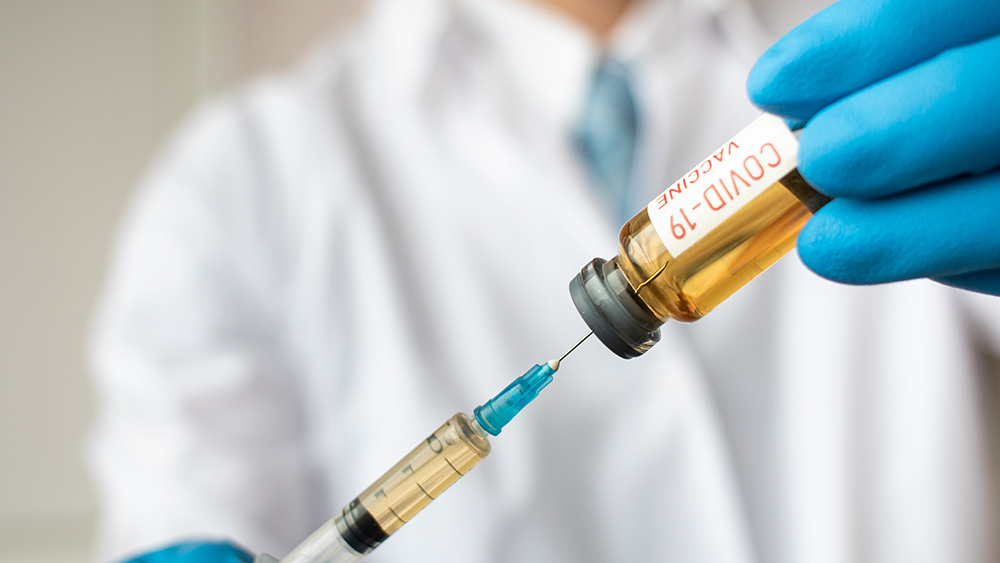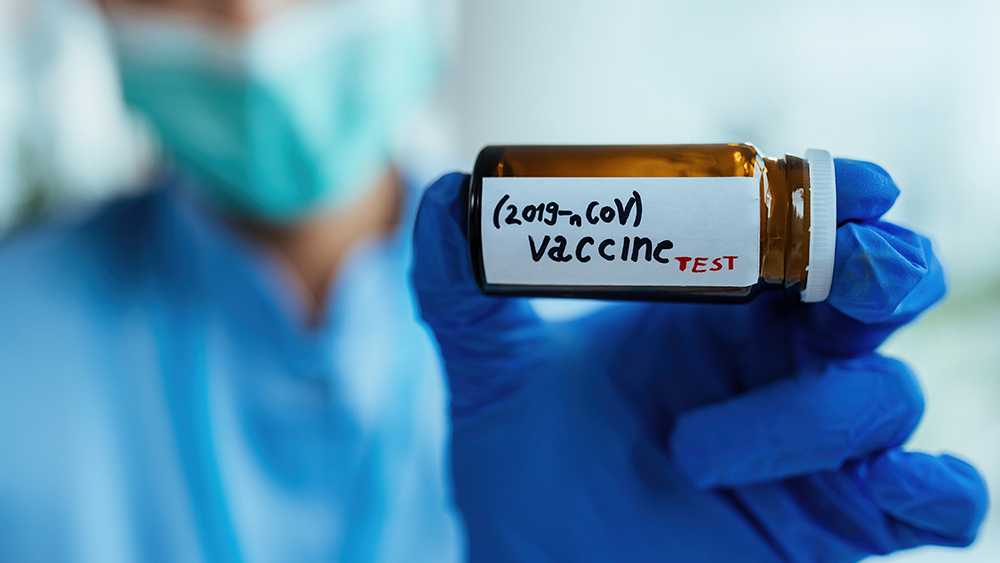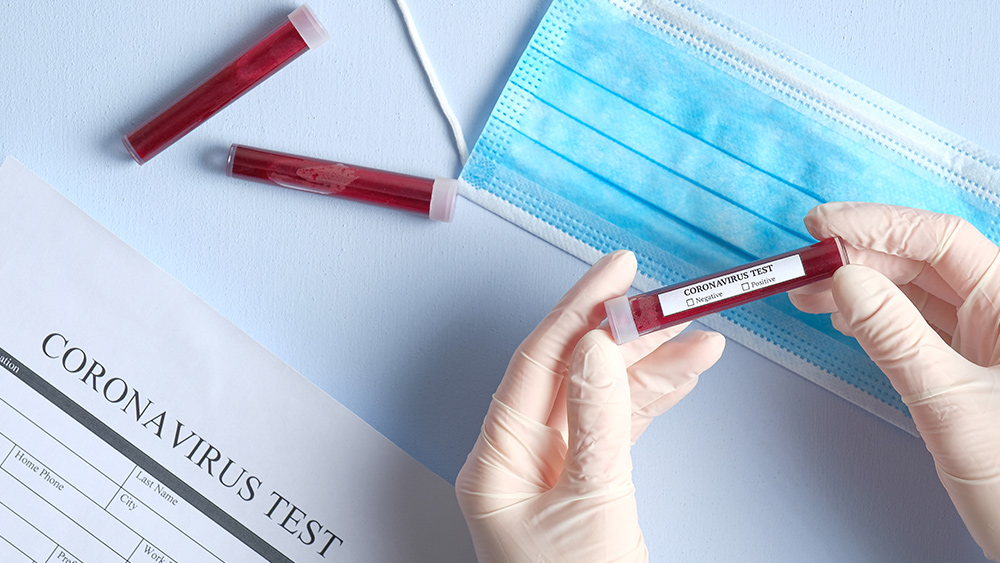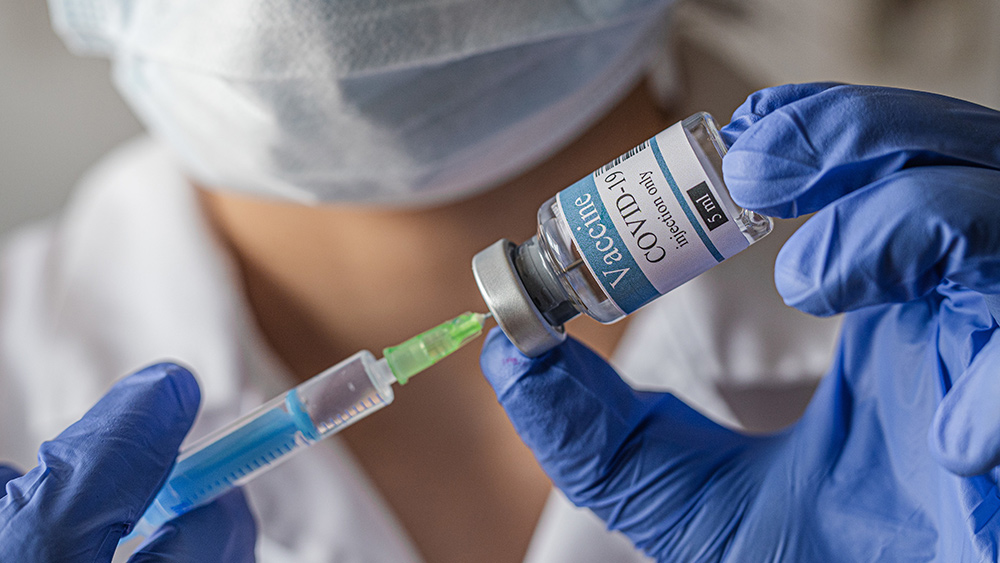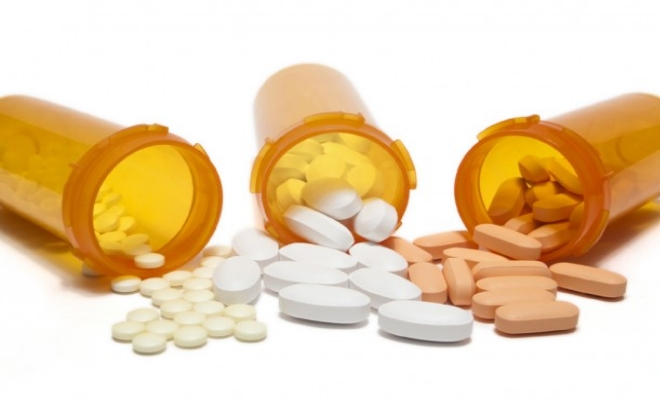Same adjuvant in swine flu vaccine that caused narcolepsy also being used in coronavirus vaccine
07/22/2020 / By Ethan Huff
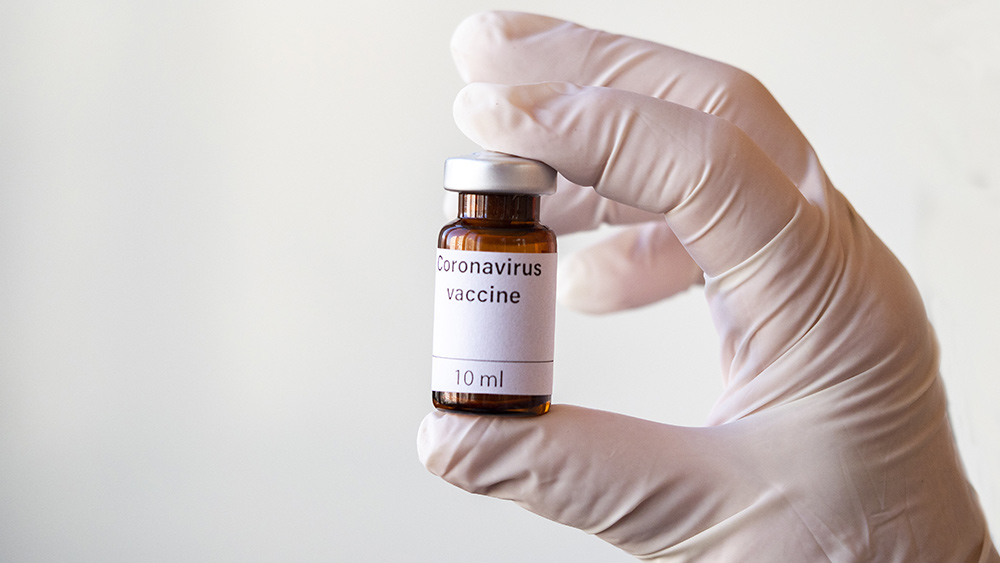
Numerous drug giants, including GlaxoSmithKline (GSK) and Sanofi, are busily working to develop new vaccines for the Wuhan coronavirus (COVID-19). And we have learned that an adjuvant created by GSK that was linked to causing narcolepsy during the 2009 H1N1 swine flu pandemic is also slated to be used in these upcoming Wuhan coronavirus (COVID-19) vaccines.
Known as ASO3, this adjuvant is part of a proprietary prophylactic technology developed by GSK in partnership with the Coalition for Epidemic Preparedness Innovations, or CEPI, that helps to make it easier for vaccine companies to roll out new vaccines in response to pandemics like the one currently said to be responsible for widespread lockdowns.
Back in February, CEPI announced that it had coordinated an agreement with The University of Queensland in Australia to begin incorporating GSK’s adjuvant technology into rapid vaccine production systems. And here we are almost six months later and that technology is about to be inserted into new Wuhan coronavirus (COVID-19) vaccines being developed by GSK and Sanofi, and potentially others.
“In theory, the adjuvant should cut the amount of antigen that is needed to create effective vaccines,” reported Fierce Biotech several months back. “That benefit, known as antigen sparing, is particularly sought after during pandemic outbreaks as it enables more people to be vaccinated using available antigen supplies.”
In other words, GSK’s adjuvant technology will allow technocrat eugenicists like Bill Gates the ability to rapidly roll out new vaccines much more quickly than normal, which is arriving just in time for President Donald Trump’s “Operation Warp Speed” vaccine program for the Wuhan coronavirus (COVID-19).
GSK says don’t worry about the safety and effectiveness of future coronavirus vaccines – it’s all good!
As for ASO3, this squalene-containing adjuvant, which also contains DL-?-tocopherol and polysorbate, was first used more than a decade ago in the swine flu vaccine to facilitate the rapid rollout of millions of new jabs. And before long, people who received the shot started to develop narcolepsy, sparking global concern about the vaccine’s safety.
Fast-forward to today and this vaccine, known as Pandemrix, is still the subject of considerable controversy over the untold number of lives that were harmed or killed by its use. While GSK claims that ASO3 is not to blame for these cases, the situation is still “unresolved,” according to reports.
“GSK, for its part, thinks the pros and cons support the use of the adjuvant, noting that assessments of Pandemrix gave it a positive risk-benefit profile and that there are reasons to think the risks are far lower with 2019-nCOV,” Fierce Pharma further reports.
“Though research remains ongoing, currently available scientific data suggests that the occurrence of narcolepsy in the context of the 2009/10 Flu pandemic was associated with a similarity between a protein in the wild type H1N1 virus and a human protein relevant in regulating the sleep cycle, an extremely rare coincidence. Because the similarity was specific to the wild type H1N1 Flu virus, it is unlikely to affect the potential development and use of future 2019-nCOV pandemic vaccine candidates,” a GSK spokesperson is quoted as saying.
The U.S. Centers for Disease Control and Prevention (CDC) has stated that ASO3 was only used for the 2009 swine flu pandemic, and has not been used since. Should it end up appearing in the new Wuhan coronavirus (COVID-19) vaccines, which appears probable, be on the lookout for a potential wave of deadly side effects, as well as deaths, stemming from its use.
To keep up with the latest news about vaccines for the Wuhan coronavirus (COVID-19), be sure to check out Pandemic.news.
Sources for this article include:
Tagged Under: adjuvant, chemicals, coronavirus, covid-19, infections, narcolepsy, outbreak, pandemic, side effects, swine flu, toxic ingredients, toxins, vaccine, Vaccine deaths, vaccine injury, vaccine risk
RECENT NEWS & ARTICLES
COPYRIGHT © 2017 MEDICAL EXTREMISM


